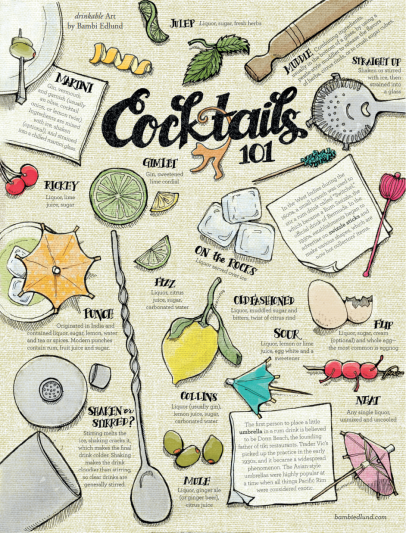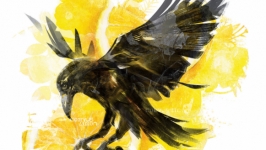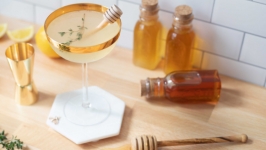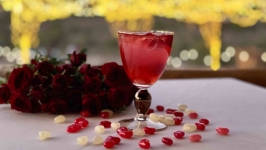Drinkable Art: Cocktails 101
Classic Cocktails
Martini: Gin, vermouth and garnish (usually an olive, cocktail onion, or lemon twist). Ingredients are mixed with ice, shaken (optional), and strained into a chilled martini glass.
Julep: Liquor, sugar, fresh herbs
Flip: Liquor, sugar, cream (optional) and whole egg--the most common is eggnog
Sour: Liquor, lemon or lime juice, egg white and a sweetener
Old Fashioned: Liquor, muddled sugar and bitters, twist of citrus rind
Mule: Liquor, ginger ale (or ginger beer), citrus juice
Collins: Liquor (usually gin), lemon juice, sugar, carbonated water
Fizz: Liquor, citrus juice, sugar, carbonated water
Gimlet: Gin, sweetened lime cordial
Punch: Originated in India and contained liquor, sugar, lemon, water and tea or spices. Modern punches contain rum, fruit juice and sugar.
Rickey: Liquor, lime juice, sugar
The Terms
Muddle: Combining ingredients, usually in the bottom of a glass, by using a pestle-style muddler to release the flavors of herbs, citrus rinds, or to crush sugar cubes.
Straight Up: Shaken or stirred with ice, then strained into a glass.
On the Rocks: Liquor served over ice.
Neat: Any single liquor, unmixed and uncooled
Shaken or Stirred? Stirring melts the ice, shaking cracks it, which makes the final drink colder. Shaking makes the drink cloudier than stirring, so clear drinks are generally stirred.
The Tools
In the West Indies during the 1600s, a small branch was used to stir a rum drink called "Switchel," which becaome a Rum Swizzle, the official drink of Bermuda. In the 1930s, establishments began to advertise on swizzle sticks and make various shapes, which are now hot collectors' items.
The first person to place a little umbrella in a rum drink is believed to be Donn Beach, the founding father of tiki restaurants. Trader Vic's picked up the practice in the early 1930s, and it became a widespread phenomenon. The Asian-style umbrellas were highly popular at a time when all things Pacific Rim were considered exotic.









